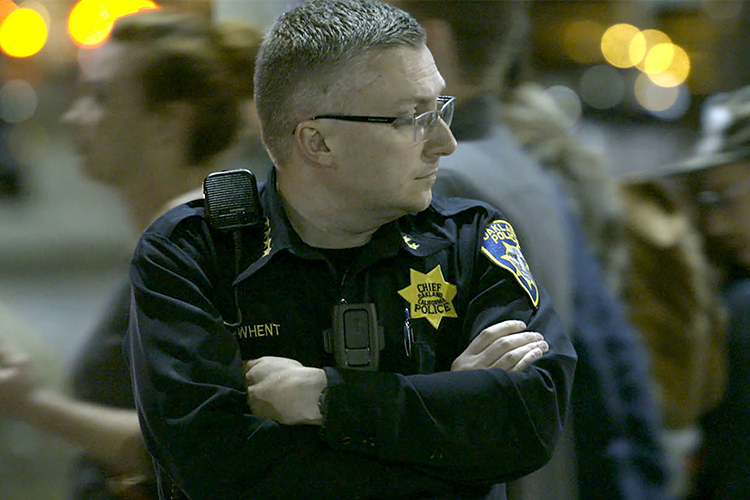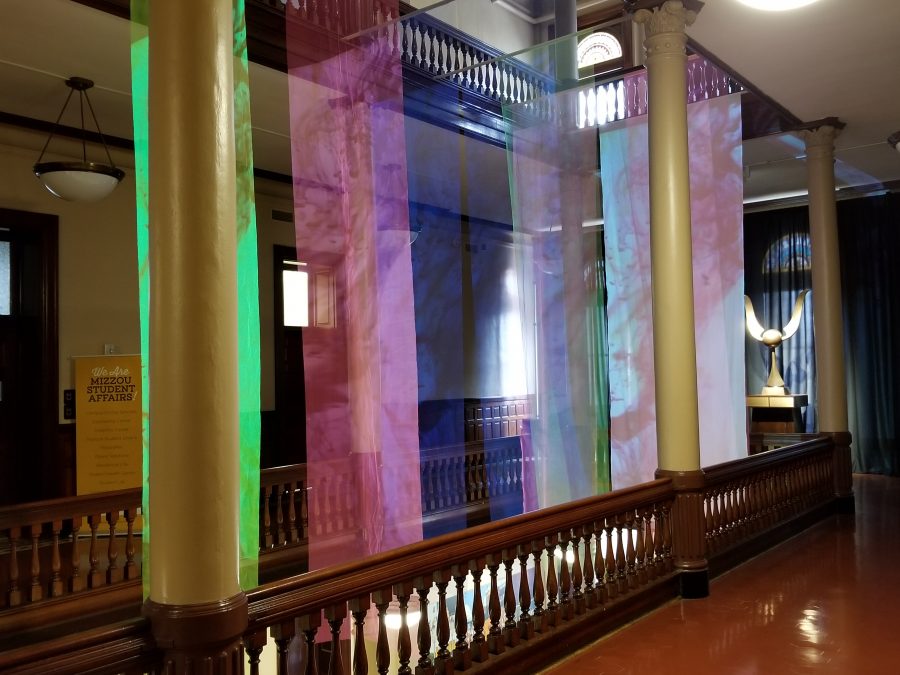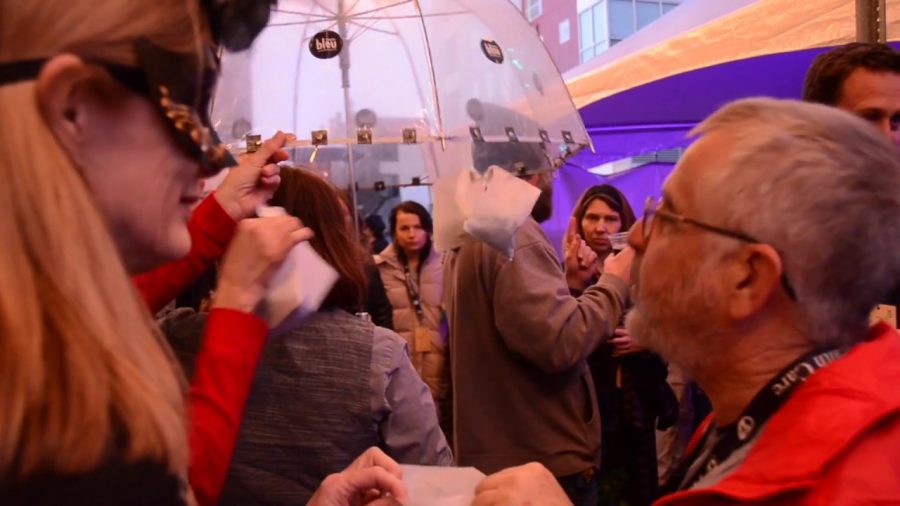Sirens. Chanting. Flashing blue and flashing red. White smoke. Armed, uniformed men. Packed streets. Angry civilians. Fighting. Handcuffs.
This is what a protest in Oakland, Calif., looks like.
As citizens of Oakland rally together in the streets, marching as a front of aggravation and determination, police officers watch closely, making sure nothing gets too out of hand. This protest, ironically, is about stopping police misconduct and the extreme measures they sometimes take.
Usually, the stories that appear on the news or on articles online are the accounts of the protesters, as that’s where the media gets a good story. The film The Force, however, flips the coin and takes a good look at the other side. Through the guiding words of police chief Sean Whent, following trainees through police academy and chasing down criminals with on-duty cops, The Force explores the police department in Oakland and shows the unseen side of crime; what it means to be a police officer.
The documentary takes place from 2014-16, following the Oakland police force around through the ups and downs as they try to meet the demands of federal reform. Two main sources run the progression of movie; on-duty cops and trainees in the police academy. The training in the academy reflected what was going on with the active officers, showing police officers use their training and use it wisely.
In addition, the department battles more than just criminals. Oakland citizens are retaliating against the police throughout the film, claiming the officers aren’t doing a good enough job protecting the city. The allegations feel too far-out and unjustified, at first. But when many officers get tangled in a huge sex scandal and the credibility of the department begins to fade, the citizens’ upheaval makes more and more sense.
One thing the film did strikingly well was making every subject on screen, officers and citizens alike, relatable, and their problems personal to the audience. There were times the cops joked around and laughed together and times where they bickered like co-workers. It was as if the movie stripped the badges and uniforms off the officers and allowed the audience to see them for what they were; human. Being able to witness that genuine side of officers, the side the public tends to forget, is really nice.
At the same time, the citizens who felt victimized by the police force also felt personal. Though their motives clashed with the main subjects’, it was easy to feel empathetic to them and their problems. It’s amazing how a film can do this, that it can make people root for both sides of a split argument.
The cinematography of the film was incredible. A predominant way information was given was through dialogue from Whent. Instead of simple shots of Whent’s face from one angle, each speech or meeting he had, the camera angle changed many times throughout. It went from a shot of his face to a shot of reactions and expressions of those listening to a new angle of the whole room. These cuts made the documentary feel more lively and interesting. Also, each shot was unique and let audiences view the scene from various perspectives.
The only downfall to the movie was that it feels like it was holding something back. For some reason, it seems as if there was something more, like another part of the story, or, perhaps, something missing. I can’t put my finger on it, but I had this lingering anticipation for something that was never satisfied.
In all, The Force was a brilliant film. Not only is the topic relevant in today’s society, but it allows viewers to see a new perspective when it comes to big protests and reminds audiences that yes, police officers are, in fact, human, too.
Categories:
‘The Force’ shows controversy from the forgotten perspective
March 5, 2017
0
Tags:
More to Discover



















































































